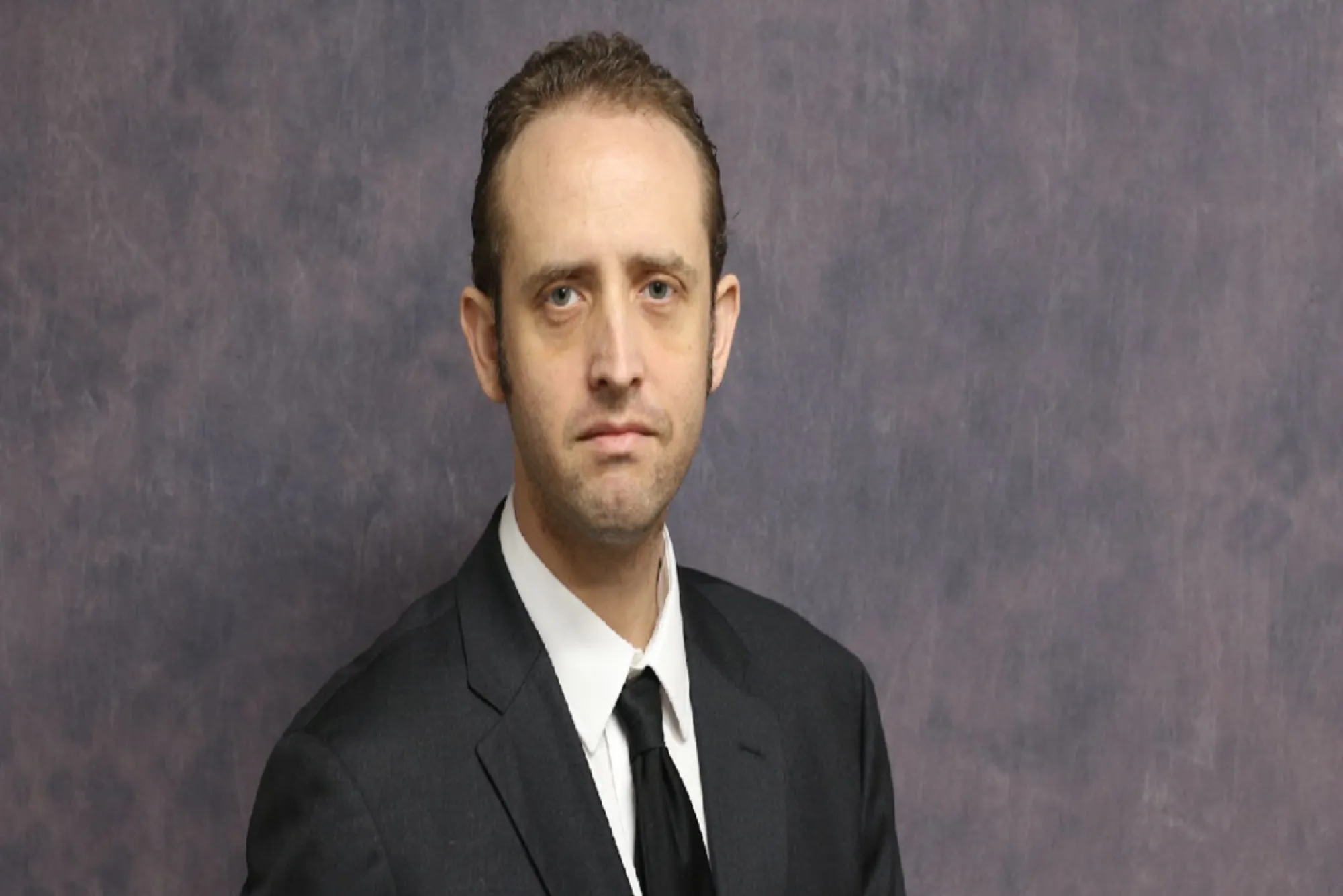Western historians of mathematics have focused on the Islamic Golden Age (8th–14th centuries), tacitly privileging Renaissance-era contributions and unwittingly overlooking contemporary advances forged by Islamic scholars since 1900. What I hope to convey in this necessarily brief interview is some ephemeral semblance of this profound contemporary Islamic mathematical tradition. I hope to furnish some examples of the unification of algebraic, geometric, and logical insights that the Islamic traditions have given to the world. I’m thankful for the opportunity to present this study in English, as I am not competent in Arabic or Farsi, and I respectfully request Arabic linguists to translate this brief piece if they find it of sufficient merit to justify the effort.
My thesis is that contemporary Islamic mathematics deftly resolves the theoretical tension between algebraic and geometric paradigms. For example, one of the most prominent figures in contemporary Islamic mathematics, Lotfi Zadeh, was an Azerbaijani-Iranian-American mathematician who introduced fuzzy set theory in 1965. His work generalized classical set theory introduced probabilistic analogues to the Godel-Bernays and Zermelo systems, without which fuzzy logic, neural networks, and nonstandard optimal control theory would not be possible. Zadeh’s brilliance is founded upon his observations that probabilistic and fuzzy logics are founded in combinatorial topology and Kolmogorov-Fomin’s topological probability theory, the latter of which arose midcentury from apparently unappreciated advances in pure complex analysis.
More recently, Iranian mathematician Mehdi Behzad advanced graph theory through his exploration of the total chromatic number conjecture, a poignant combinatorial problem that has served to further unite graph theory, the theory of finite groups, algebraic topology, and the Grothendieck paradigm in algebraic geometry. Fellow Iranian Siamak Yassemi has sought to unify commutative and homological methods in algebraic geometry. Such interdisciplinary programs proffer new methods to resolve extant paradoxes in mathematical physics, fundamental cosmology, relativity, quantum mechanics, and artificial intelligence.
Turkish mathematics has a similarly interdisciplinary bent, privileging neither algebraic nor geometric methods in deliberation or demonstration. For example, Turkish polymath Cahit Arf is notable for the postulation and theoretical exploration of Arf invariants and Arf Rings, both of which are employed in the classification and resolution of quadratic forms over finite fields. Fellow Turkish scholar Ali Nesi has worked extensively on non-standard analysis, logic, and algebraic structures. His contributions to model theory and algebraic logic have influenced the study of comparative nonclassical logics as profoundly as Nelson’s nonstandard analysis did in the early 20th century, and have enriched Behzad’s and Zadeh’s combinatorial logic in manifold and intriguing physical and geometric contexts.
More recently, Maryam Mirzakhani, the first female Fields Medalist, has amassed significant contributions to hyperbolic geometry, Teichmüller theory, ergodic theory, and Riemannian geometry. Her study of moduli spaces of Riemann surfaces enriches complex analysis and topological dynamical systems theory, both of which enjoy diverse applications in neural networks, fuzzy logic, machine vision, automated network security, and data science. Her research connects the symmetries of hyperbolic surfaces with ergodic theory and partial differential equations. It is my opinion that her work will substantially advance the AdS->CFT correspondence in mathematical cosmology over the next two decades, at least partially achieving the still-elusive marriage of quantum gravity to metric cosmology.
Islamic mathematicians have fostered mathematical research through institutions like the Institute for Research in Fundamental Sciences (IPM) in Iran and the King Abdullah University of Science and Technology (KAUST) in Saudi Arabia, where advances in mathematical logic, number theory, and algebra continue to emerge at an accelerating rate. Iranian logician Mojtaba Moniri has advanced nonstandard analysis and model theory; Ahmed Zekraoui has forged new links between topology and homological algebra; and Pakistani mathematician Asghar Qadir has substantively advanced our understanding of geometric analysis. Additionally, Iran’s Azad University is among the foremost exponents of algebraic notions in applied combinatorics and game theory.
Pakistan’s contemporary mathematical tradition is virtually unexplored in the US and UK, but is itself rich and multifaceted beyond what I can convey in a brief interview. Researchers at Quaid-e-Azam University have made strides in general relativity, cosmology, and numerical analysis—fields that have respectively facilitated fecund dialogues between computational physicists and theoretically-minded engineers. Asghar Qadir’s work on Lie symmetries of differential equations continues to advance studies in integrability and exact solutions of partial differential equations, while physics-minded colleagues have contributed to topological methods in differential geometry; mathematical modeling of complex systems; and probability theory.
Works Cited
- Arf, Cahit. “Investigations on Quadratic Forms.” Istanbul University Press, 1941.
- Behzad, Mehdi. “Graphs and Their Chromatic Numbers.” Prentice Hall, 1969.
- Dhanani, Alnoor. “The Development of Islamic Mathematics.” Routledge, 2002.
- Hussain, Faheem, and Asghar Qadir. “Mathematical Methods in Relativity and Cosmology.” Quaid-e-Azam University Press, 2008.
- Mirzakhani, Maryam. “Moduli Spaces of Riemann Surfaces and Their Applications.” Princeton University Press, 2013.
- Moniri, Mojtaba. “Advances in Non-Standard Analysis and Model Theory.” Springer, 2015.
- Mosharafa, Ali Mostafa. “Differential Geometry and Einstein’s Theory of Relativity.” Cairo University Press, 1944.
- Nesin, Ali. “Logic and Algebra: An Introduction to Non-Standard Structures.” Oxford University Press, 2007.
- Qadir, Asghar. “Lie Symmetries of Differential Equations and Their Applications.” World Scientific, 1989.




